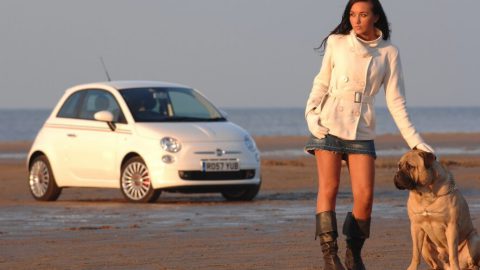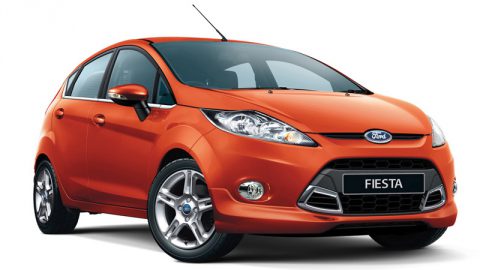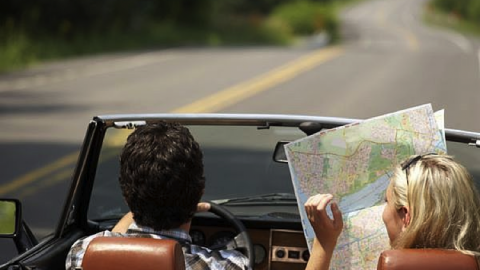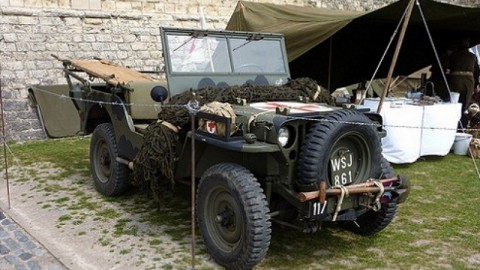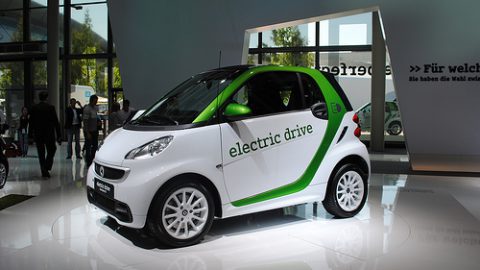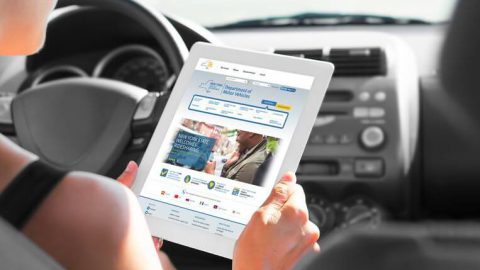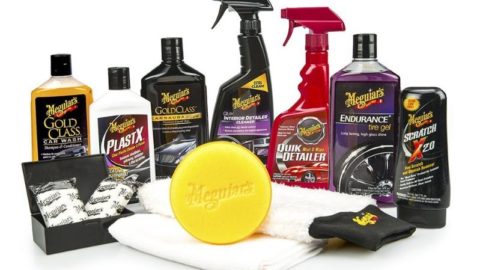From the right kind of car to the best kind of insurance coverage, there are many ingredients in the modern family’s car safety recipe. After reading “5 Ways to Make Your Car Safer for Your Kids” you will be ready to make sure your car, insurance, safety aids, and kids are being taken care of in the best possible way.
5 Ways To Make Your Car Safer For Your Kids
Capitol-Tires.com is an independent enthusiast website and is not affiliated with or endorsed by American Tire Distributors (ATD), Nexen, Itochu or any other manufacturers and its content is solely for informational purposes. All manufacturer names, symbols, and descriptions, used in our images and text are used for identification purposes only. It is neither inferred nor implied that any item mentioned by Capitol-Tires.com is a product authorized by or in any way connected with any products/vehicle manufacturers displayed on this page. Copyright © 2025 CAPITOL-TIRES.com. All rights reserved.

